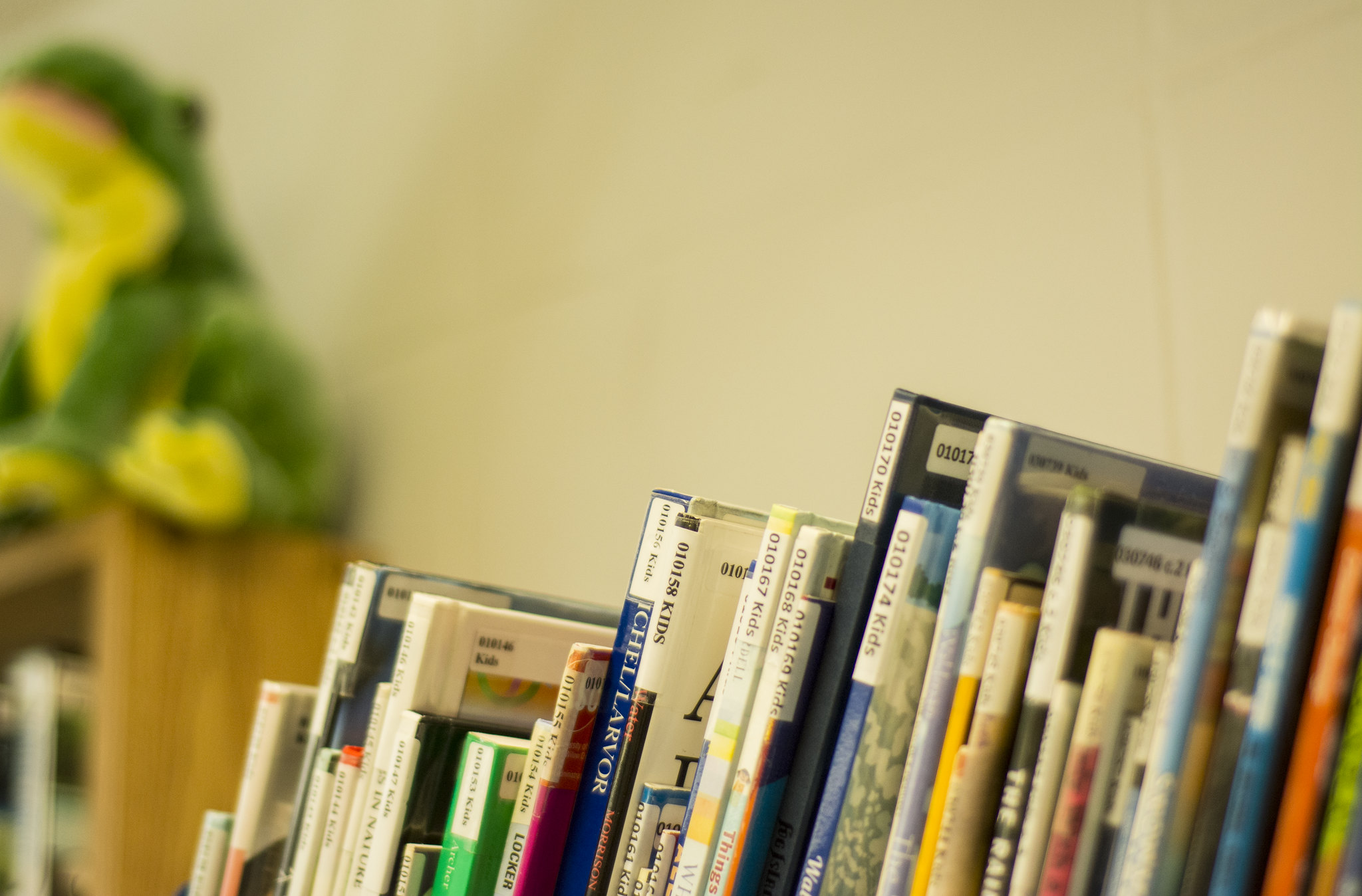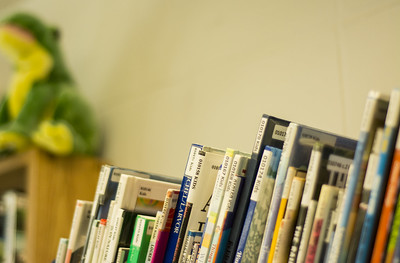by Maya Reinfeldt, Community Engaged Intern
Spotlight series: The lands of the Ojibwe people span across southern Canada, the Northern Midwest and the Northern Plains of the United States. In working towards the Wisconsin Water Library’s goal of promoting Great Lakes Literacy, specifically, principle 6 (The Great Lakes and humans in their watersheds are inextricably interconnected), the recognition of Ojibwe cultural contributions is crucial. Only through respectfully and ethically preserving, valuing, and promoting Ojibwe artwork, stories, Traditional Ecological Knowledge and language can we fully begin to grasp the interconnectedness of the Great Lakes with the people who lived here long before European settlers colonized the land.
Below, you will find links to the pages of some exceptional Ojibwe artists who use social media to showcase their work! Their skills range from beadwork to painting to digital illustration. Many incorporate contemporary designs or elements into their work, while others focus on preserving more traditional forms of their art. All of the artists below are equally talented, and we at the WWL hope you find browsing their work as exciting as we did!
Iah Quincy, @iah.q on Instagram: beadwork artist who makes extraordinary use of pastel shades and natural imagery on intricate designs
View this post on Instagram
Lisa Passinault, @nenookaasikwe_ on Instagram: beadwork artist who creates beautiful woodland floral and berry designs on moccasins, dresses, and more
View this post on Instagram
Anna Heffernan, @miskwaadesigns on Instagram: beadwork artist, jewelry maker, and digital artist who seamlessly combines traditional stylistic elements and pop-culture
View this post on Instagram
Adam Avery, @naawikwegiizhig on Instagram: beadwork artist who creates detailed floral and animal woodland designs, also a basket weaver and a creator of birchbark canoes, or wiigwas jiiman
View this post on Instagram
Mangeshig Pawis-Steckley, @mangeshig on Instagram: artist and illustrator who focuses on dynamic, colorful animal art; also, the illustrator of “Mii maanda ezhi-gkendmaanh – This is how I know” by Brittany Luby and other children’s books
View this post on Instagram
Duncan Pheasant, @Duncanpheasant on Twitter: an artist whose bold and bright work makes exquisite use of texture, patterns and shadows
an earlier piece i did few years ago. pic.twitter.com/sbpEl6XPSB
— Duncan Pheasant (@Duncanpheasant) July 18, 2022


